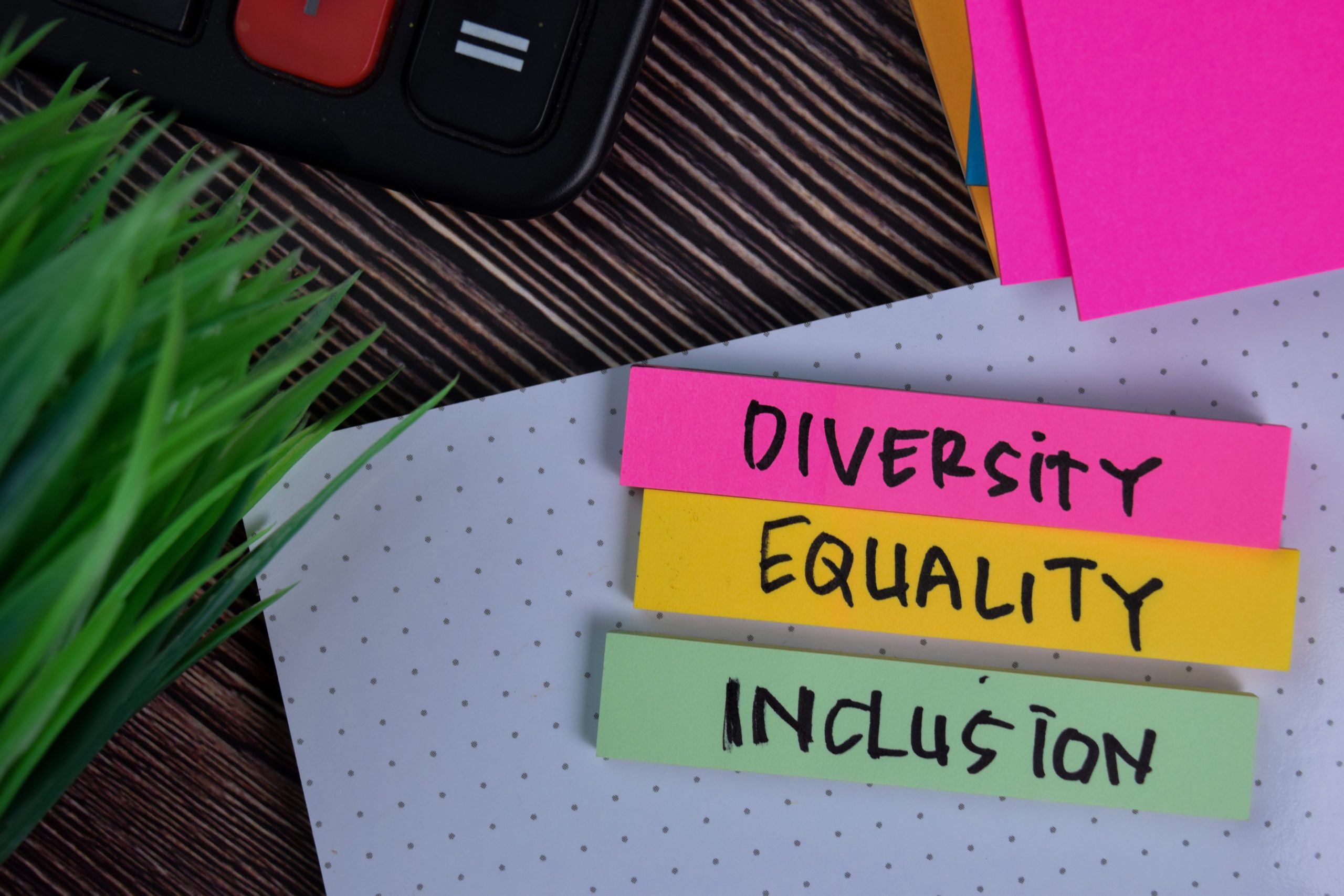Committing to DE&I? Here Are 4 Diversity and Inclusion KPIs to Measure
Employers
Without a doubt, diversity, equity, and inclusion are top priorities for most organizations. However, the challenge lies in measuring the impact of these DE&I efforts and communicating this impact to the stakeholders.
In the absence of a robust method to track DE&I efforts and outcomes, it’s easy for biases to unconsciously perpetuate workplace inequality, thus limiting the returns from the organization’s DE&I investment.
McKinsey confirms that in the US alone, about $8 billion is spent each year on diversity training.
Hence, monitoring DE&I metrics not just helps organizations committed to DE&I to identify and manage bias blindspots but also assess whether their investments and efforts are paying off.
Today, we have several tools and platforms that can help organizations uphold diversity and inclusion in the workplace. Right from AI-powered diversity recruiting platforms to analytics and BI tools, businesses can use a variety of resources to achieve their diversity goals.
Joonko, for instance, is an AI-enabled diversity-first recruiting solution that ‘injects’ silver medalist candidates from underrepresented sectors directly to organizations’ application tracking system (ATS).
Similarly, employee survey tools like SurveyMonkey can help in measuring the feelings and opinions of the workforce concerning the DE&I initiatives.
Measuring the impact of your DE&I initiatives demands regular monitoring of the quantifiable metrics. Track the KPIs shared below to stay on track with your DE&I goals and promote homogeneity at the workplace.
We have divided the metrics into various categories.
- Ranked Method Metrics
- DE&I Initiative Centric Metrics
- Company-Wide Metrics
- Correlational Metrics
I. Ranked Method Metric
These are statements to which respondents can answer on a scale of 1 to 5, 1 being’ strongly disagree’ and 5 being ‘strongly agree.’ This metric helps diversity leaders get an understanding of how employees feel about the organization.
A few statements that rank method metric uses are –
- I belong here OR I feel included
- I can express my thoughts without fearing any repercussions
- All opportunities in my organization are open to anyone who’s qualified
- I feel heard
- I can freely disagree with my coworkers, regardless of their seniority
- DE&I Initiative Centric Metrics
These metrics are closely tied to the DE&I initiatives and facilities introduced in an organization.
For instance, the percentage of accessible doors or exits in a workplace. It could also be the percentage of gender-neutral bathrooms on the premises.
In case an organization is hosting or sponsoring a DE&I event, diversity leaders can measure its effectiveness using the number of attendees and the level of engagement.
- Organizational Metrics
These metrics help you understand the impact of your DE&I initiatives on the business. These need to be tracked and viewed in correlation to the other metrics we discussed so far.
Here are a few organizational metrics that you can use to measure your diversity efforts.
- Overall sales growth in correlation to the increase in diversity.
- Revenue per employee. However, this metric should be seen in correlation to the ranked metric. Though diversity makes an impact on organizational revenue, it cannot be stated as the whole reason for success. Doing so, runs the risk of de-valuing employees who are considered as non-diverse.
- Brand sentiment. This metric is evaluated through social listening. It is usually monitored through public conversations the company has about DE&I or social channels.
- Correlational Metrics
Correlational metrics give a clear picture of the impact created by an organization’s DE&I efforts. When coupled with the ranked method these metrics can give diversity leaders detailed insights that can be used to streamline diversity strategies.
Here are a few correlational metrics that can be used.
- Representation
When we refer to talent diversity, we are talking about the representation of various groups of population in the workforce. Monitoring this metric will help you identify underrepresented groups in the organization usually because of conscious or unconscious prejudice or stereotypes.
This metric is the percentage of employees from monitored groups compared with the organization or industry benchmarks.
When tracking this metric it’s also important to see the diversity across leadership levels.
For instance, is your entry-level team diverse while the leadership team isn’t? If yes, this indicates that you need to improve diversity initiatives at that level.
- Diversity of Employees versus Application Pool
This metric helps when hiring diverse individuals. It allows recruiters to assess who is applying to their open positions versus who they are actually hiring.
So, if your team lacks diversity but the job applicants are diverse, it’s an indication that there’s bias in the hiring process.
For organizations aiming to build a diverse workforce, it is important to track this metric. It will not just eliminate bias but also allow the team to implement innovative tactics to reach qualified and diverse talent.
- Job Satisfaction
Assessing employee satisfaction of one’s position at work is a great way to measure inclusion and diversity. Though job satisfaction cannot be directly linked to inclusion, you can gauge it with specific areas that help you understand if employees are engaged and feel welcome at the workplace.
Employee satisfaction and recognition and inter-team relationships can help diversity leaders understand how employees feel about their teams and their job and if they feel included.
- Job Retention
Though job satisfaction and retention are two sides of the same coin, but measuring the latter is a quantitative way of measuring inclusion.
A high employee turnover rate is a sign that employees are unhappy or feel unfulfilled at work.
Besides, it’s critical to observe who’s leaving. If a majority of your diverse employees leave, it’s a sure shot sign of an inclusivity problem.
The Way Forward
Diversity and inclusion had different dimensions. Hence, measuring the impact of your diversity and inclusion initiatives can be tough.
There’s no universal standard or set of metrics for measuring diversity and inclusion. Hence, the best place to start when choosing the most suitable metrics is determining your company’s DE&I goals.
Do you plan to boost diversity and inclusion in leadership? Do you want to improve retention among your diverse hires?
It is also important to consider the size of the organization and a specific DE&I initiative will impact your business outcomes.
A diverse and inclusive workforce contributes to better retention, organizational image, and revenue. Use the metrics shared in this post to measure the impact of your DE&I initiatives and achieve better diversity.
About the Author
Tim Ferguson is a writer and editor of Marketing Digest. He enjoys writing about a wide range of topics related to HR, recruitment technology and all things to business growth.



